A VILLAGE WITH MY NAME
A Family History of Chinas Opening to the World
Scott Tong
The University of Chicago Press
Chicago and London
The University of Chicago Press, Chicago 60637
The University of Chicago Press, Ltd., London
2017 by Scott Tong
All rights reserved. No part of this book may be used or reproduced in any manner whatsoever without written permission, except in the case of brief quotations in critical articles and reviews. For more information, contact the University of Chicago Press, 1427 E. 60th St., Chicago, IL 60637.
Published 2017
Printed in the United States of America
26 25 24 23 22 21 20 19 18 17 1 2 3 4 5
ISBN-13: 978-0-226-33886-6 (cloth)
ISBN-13: 978-0-226-33905-4 (e-book)
DOI: 10.7208/chicago/9780226339054.001.0001
Library of Congress Cataloging-in-Publication Data
Names: Tong, Scott, author.
Title: A village with my name : a family history of Chinas opening to the world / Scott Tong.
Description: Chicago : The University of Chicago Press, 2017. | Includes index.
Identifiers: LCCN 2017017823| ISBN 9780226338866 (cloth : alk. paper) | ISBN 9780226339054 (e-book)
Subjects: LCSH: Tong family. | FamiliesChinaHistory20th century. | Chinese American familiesHistory20th century. | ChinaHistory20th century.
Classification: LCC CT1827.5.T66 T66 2017 | DDC 305.8951073dc23 LC record available at https://lccn.loc.gov/2017017823
 This paper meets the requirements of ANSI/NISO Z39.481992 (Permanence of Paper).
This paper meets the requirements of ANSI/NISO Z39.481992 (Permanence of Paper).
Contents
TONG FAMILY (PATERNAL SIDE)
Tong Zhenyonggreat-grandfather
His Chinese wife
Arai Yamakohis Japanese wife
Tong Tonggrandfather
Wife 1
Wife 2
Wife 3
Tong Guangdeformer party secretary from the Tong village, from Tong East
Tong Darenthird cousin in the Tong village, from Tong West
Daughter Tong Yuqin
Daughter Tong Yuhua
Alvin Tong (also Tong Hu)father
Tong Baouncle and fathers younger half brother
Wife Qi Menglan
Son Tong Chengkan
Brother Tong Qi
Kathy Tongaunt and fathers younger half sister (also Tong Qi)
Pu Tongaunt and fathers younger half sister
Alice Tongaunt and fathers younger half sister
Tony Tongolder brother
SUN FAMILY (MATERNAL SIDE)
Carleton Sun (also Sun Yi, Sun Ditang, Sun Honglie)grandfather
Mildred Zhao (also Chao, Djao)grandmother
Lily Sun Hsuaunt
Constantine Sun (also Eddie Sun)uncle
Anna Sun (Tong)mother (also Sun Ailian)
Welthy Honsinger FisherMildreds teacher and correspondent
Anna Melissa GravesMildreds teacher and correspondent
Sun Maozidistant cousin in the Sun village
Sun Peipeidistant cousin in Shanghai
Cai Sudistant uncle in Shanghai
In the last weeks before returning to the states after a three-and-a-half-year work assignment in Shanghai, I became determined to make one last stop. To be specific, I wanted to visit a bank. Actually, to be more specific, I really only wanted to see its ceiling. This was an odd quest. Given the opportunity to report on the worlds most dynamic and confusing economy for the public radio business show Marketplace, Id taken far more exciting rides across China.
Typically they involved Chinese people rather than Chinese things. Two men in villages outside Xian in the remote western province of Shaanxi explained on tape how theyd been kidnapped and sold as slaves to brickmaking-kiln bossesfor less than a hundred dollars each. Mothers of children with lead poisoning from an illegal smelting furnace described the facilitys smokestack: it was so low the belched pollutants simply fell to the ground and leached into the soil and groundwater. A convicted baby seller mapped out for me his trafficking network, which included the orphanage where my own daughter lived. Still, I hankered for this ceiling.
It had been added to my to-do list before moving back to the Washington, DC, suburbs, by my Marketplace bureau colleague Cecilia Chen. Shed heard me complain: Id produced so many breaking news stories about Right-Now Chinasnapshots in timethat I shortchanged myself of the relevant history to contextualize what Id been seeing. Sometimes you have to flip back in the album to try to understand the pictures youre seeing now. And flip slowly. So much of mainland life amounts to an arms race: beat the competition, bargain for the best price, stuff more knowledge into your kid than what the neighbors has, hustle into the elevator and jab DOOR CLOSE before the next person can nose her way in. If youre in a car waiting at a red light, you have to start driving before it turns green, my Shanghai friend John Lu advised me the first time we met. Otherwise you never make it through. Without realizing it, Id joined this race myself, and I needed to stop running and look around.
This building is likely familiar to you if youve visited Shanghai. Its the signature dome on the Bund, the historic skyline along the west bank of the Huangpu River. You cant miss it from the famous Pearl Tower, or one of the trophy skyscrapers across the river in Pudong. For my money, the best view of the domed structure comes from the deck of a budget river ferry, which at forty cents a person at the time was the best family deal in town. The building once housed the Hongkong and Shanghai Bank, and now belongs to a Chinese state bank.
On a baking summer day in 2010, I emerged from the Line 2 subway at Nanjing East Road and walked through the oldest part of town. Its narrow streets and world-beating traffic always bring to mind Lower Manhattan. At the waterfront, I took a right and minutes later entered the bank. Heeding Cecilias advice, I walked with purpose to the center of the ornate marble lobby and looked up.
Before I could even reach for my camera, a security guard sidled up. No pictures. Okay. And then I saw them: brilliant mosaic frescoes, each forming one side of an octagon surrounding the dome. Every tiled mural dates back to the 1920s and is an artistic rendering of a skyline from somewhere in the world. Each stands for a bank branch from a past golden age of globalization a century ago: Shanghai, Hong Kong, Tokyo, Calcutta, New York, London, Bangkok, and Paris. The Eight Seas, I said to myself. In the foreground of each city landscape is a protective Western god or goddess; the Statue of Liberty stands guard before the Manhattan skyline, for instance. Further up, in the center of the dome, is a mosaic of sun and moon goddesses, all with Caucasian facesa Western-style masterpiece that might belong in Rome or Istanbul rather than Shanghai.
This captivated me, and then it puzzled me. These images hearken back to Shanghais bad old days of colonial oppression and humiliation, at least in the partys telling of history (which, for most mainlanders, remains the only version). They represent a time when white men in gunboats shot their way into China and snatched up the best sections of port cities to build mansions, trading houses, bars, and racetracks. This is a shameful past, in a culture with no market for shame. How had this all survived Mao Zedongs closed-door, xenophobic regime of the 1950s and 60s, so adept at photoshopping Chinas past? Why was the art still up there? Before I could linger on this question, the guard returned to nudge me on my way. Transaction over.

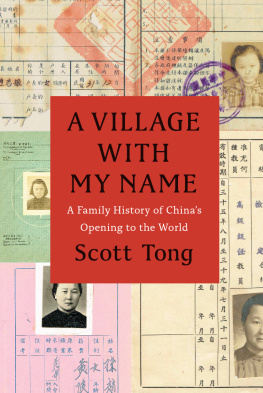
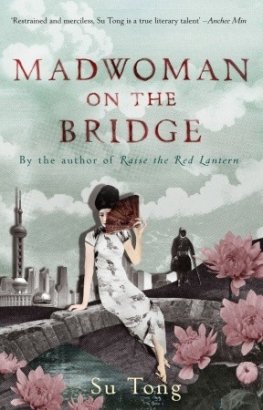


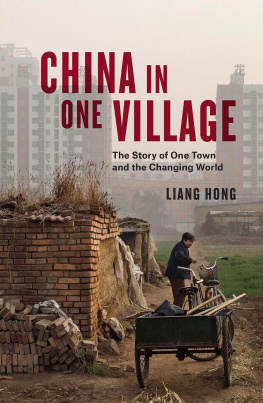
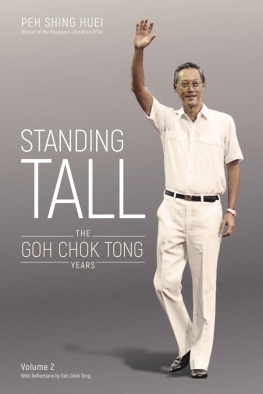
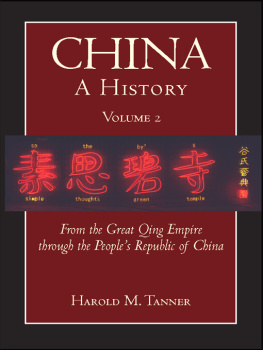
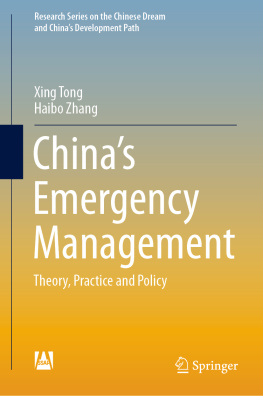



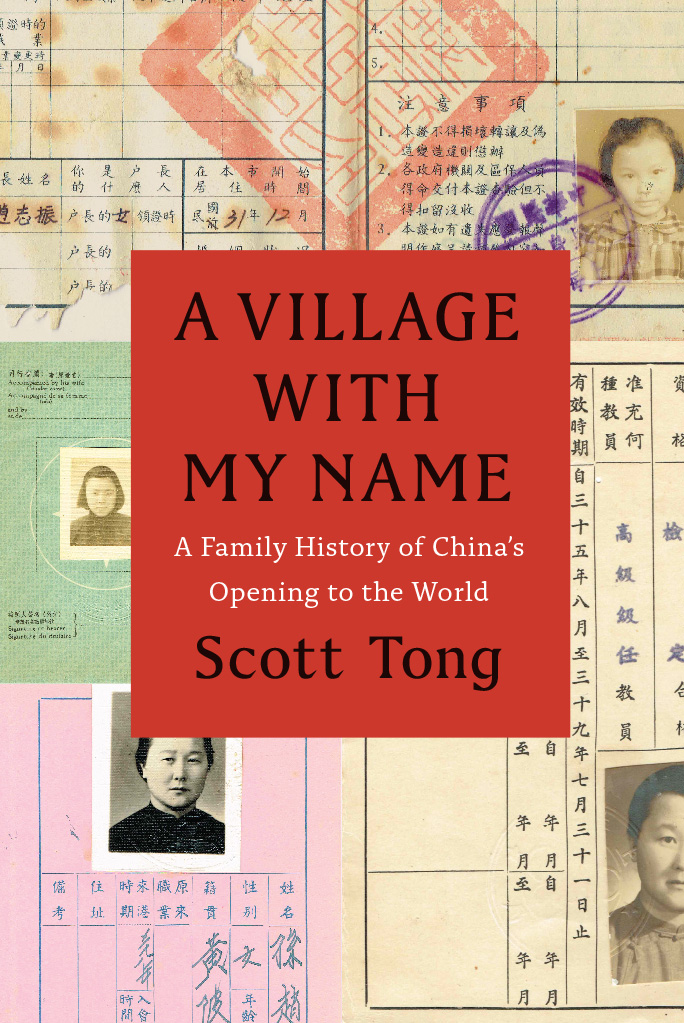
 This paper meets the requirements of ANSI/NISO Z39.481992 (Permanence of Paper).
This paper meets the requirements of ANSI/NISO Z39.481992 (Permanence of Paper).